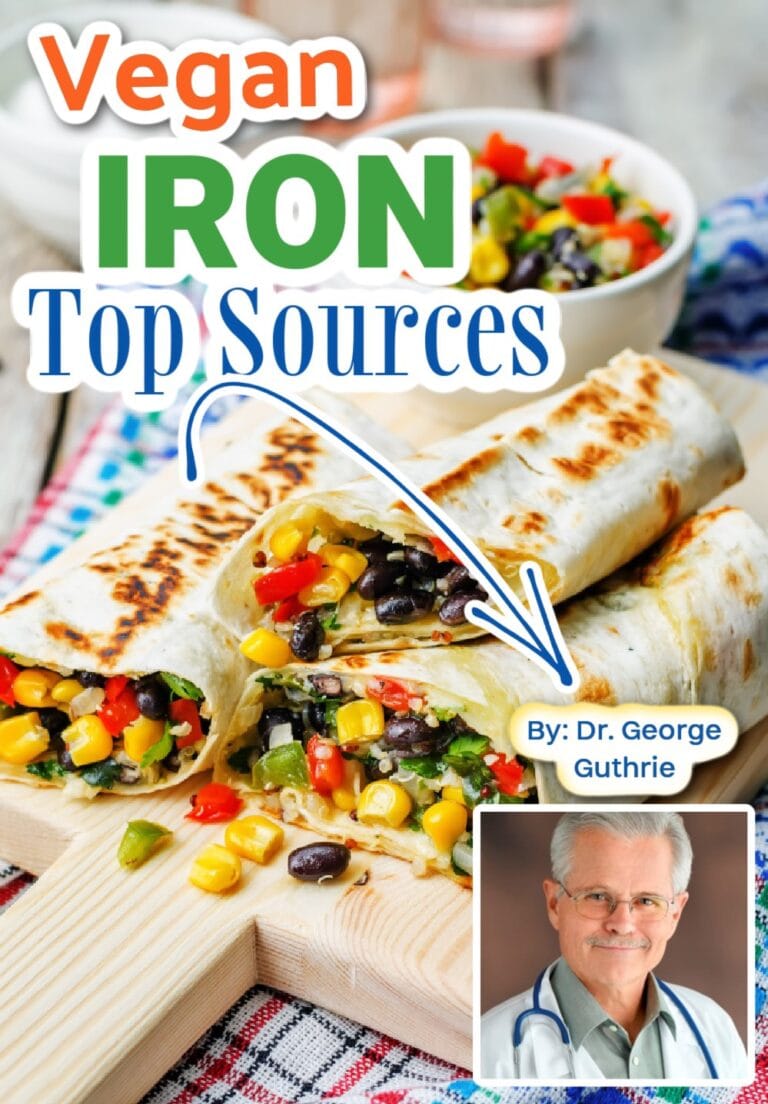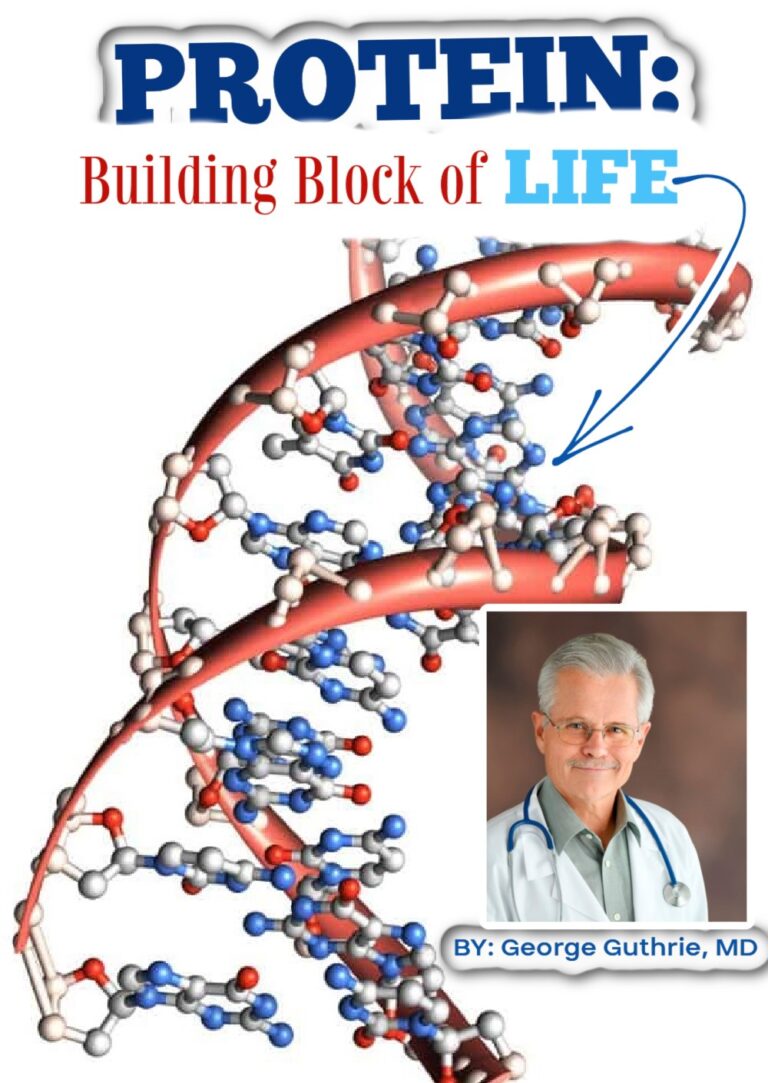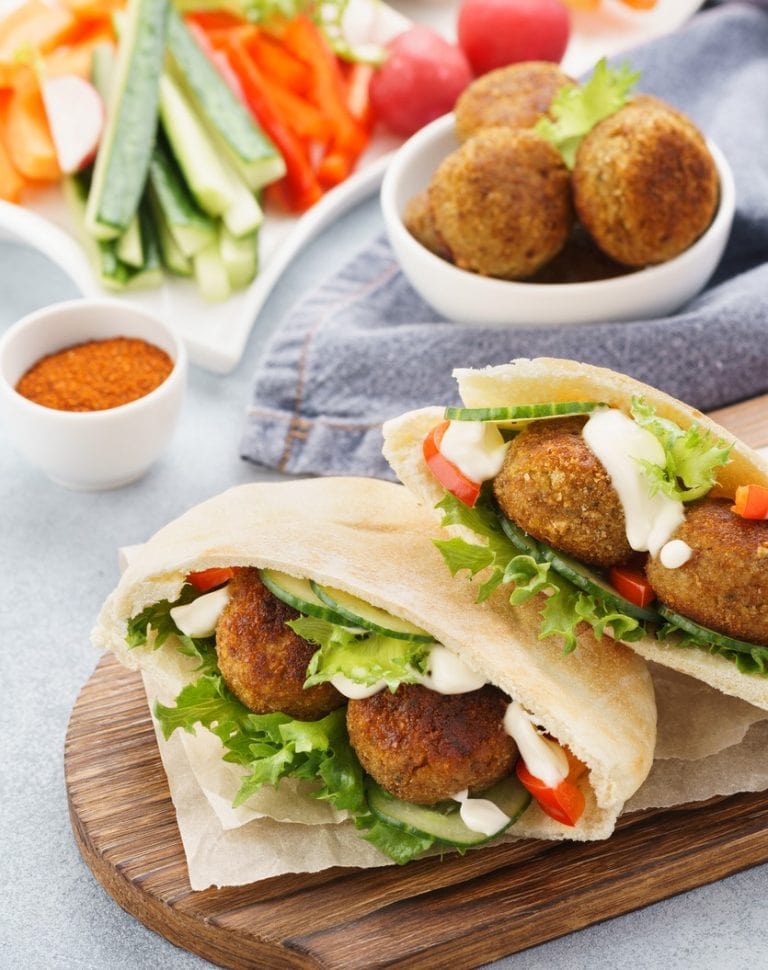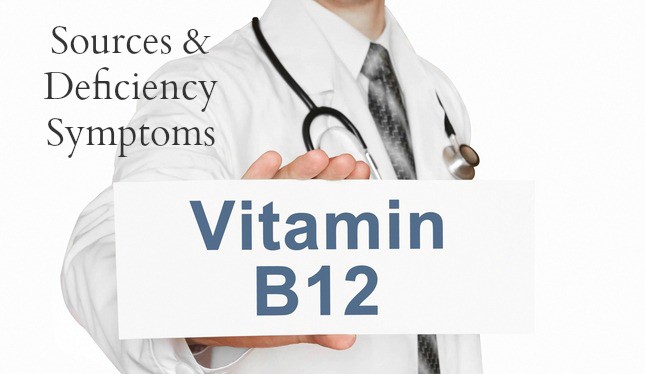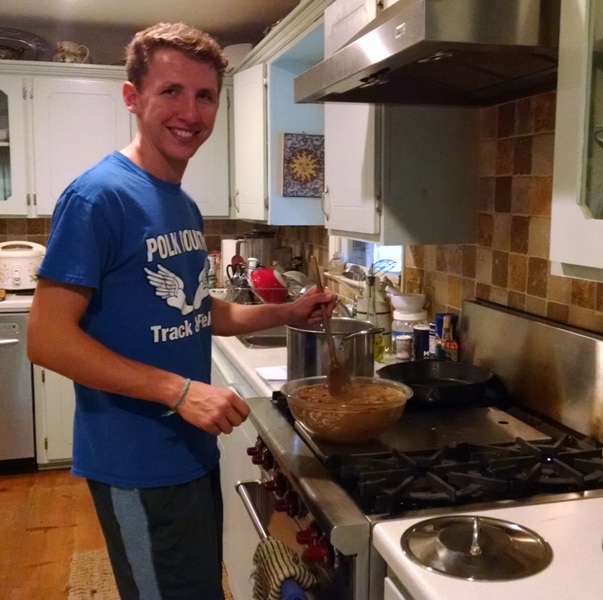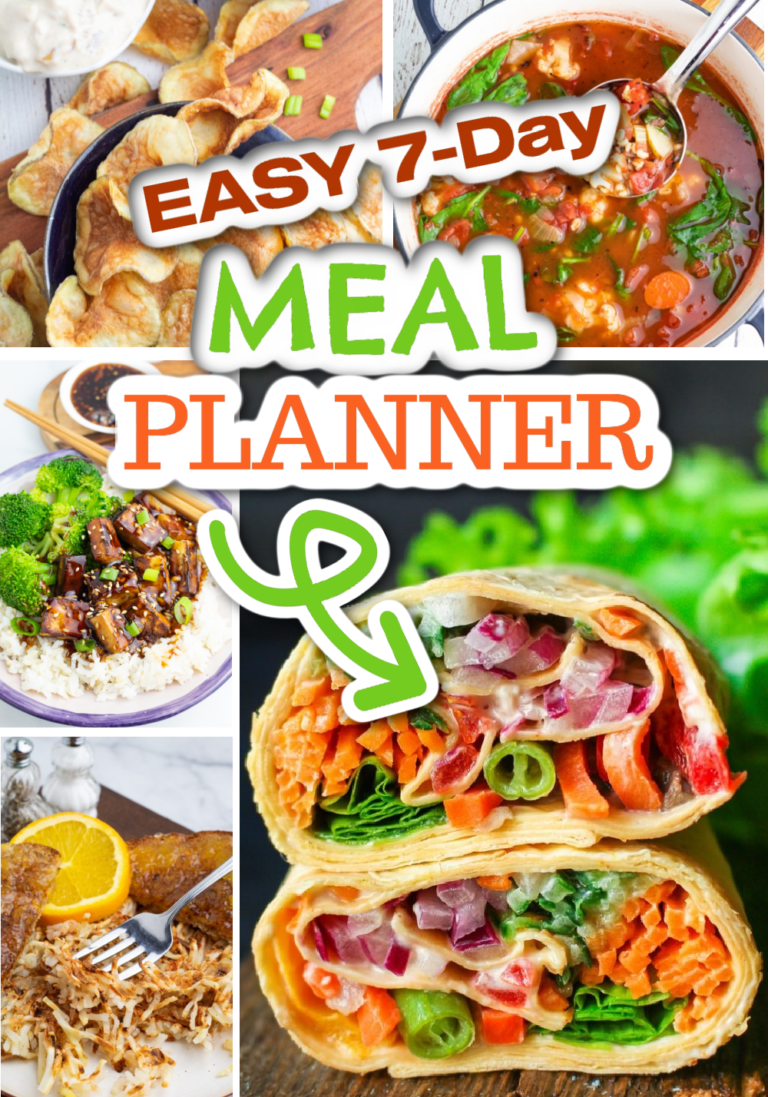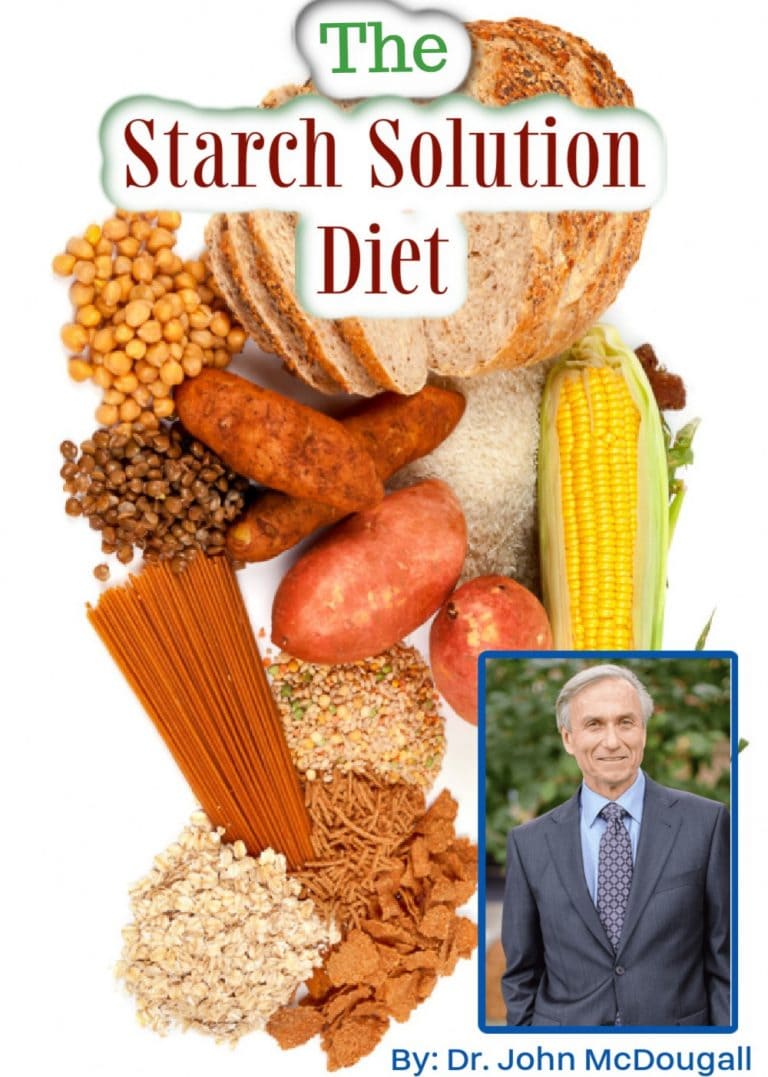Vegan Sources of Iron / Top Foods
In this article, past president of the American College of Lifestyle Medicine (ACLM), Dr. George Guthrie, MD, explains that the best vegan sources of iron are provided by plants.
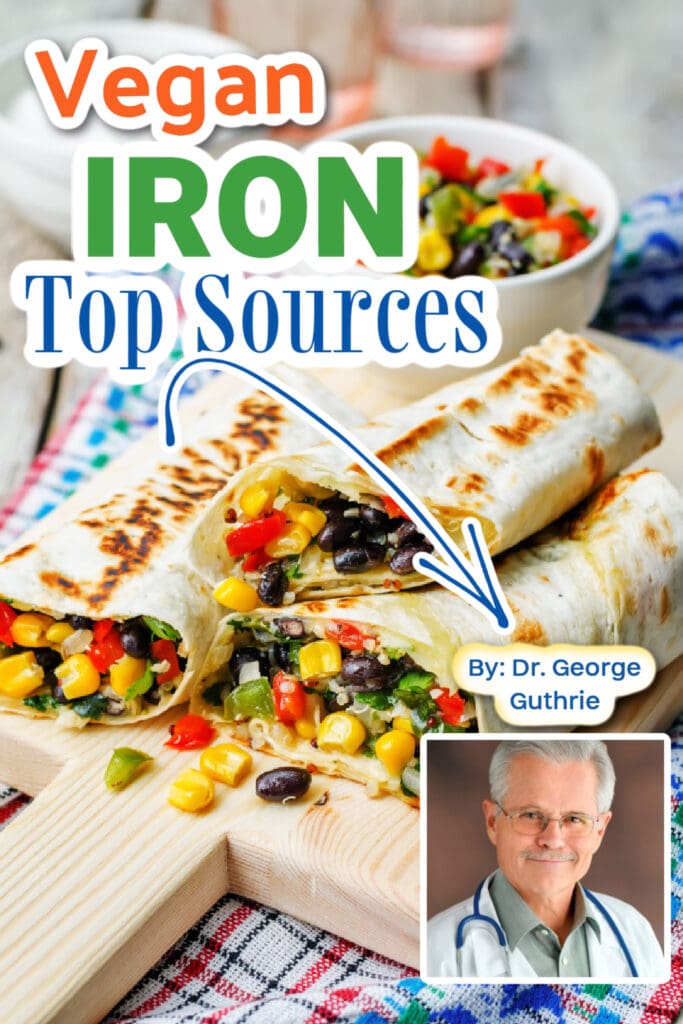
Iron is important for our bodies. We need it. If we don’t have enough as children, our minds don’t develop well. During child-bearing years, the iron lost through menstruation can lead to anemia. In this type of anemia, there is a deficiency of hemoglobin that works to carry oxygen to our body cells.
How much is needed every day?
The RDA for iron is 18 mg, with a maximum upper safe level of 45 mg per day for adults.1
What whole, plant-based foods contain it?
People who are thinking about switching from an animal-based diet to a plant-based diet have one big question: “If I’m not going to eat meat, where will I get my iron?” Fortunately, iron is present in many different foods.
You may think you are getting it from red meat, but ask yourself: “Where did the cow get it?” If you look at what the cow has been eating, you know where the iron came from. Plants!
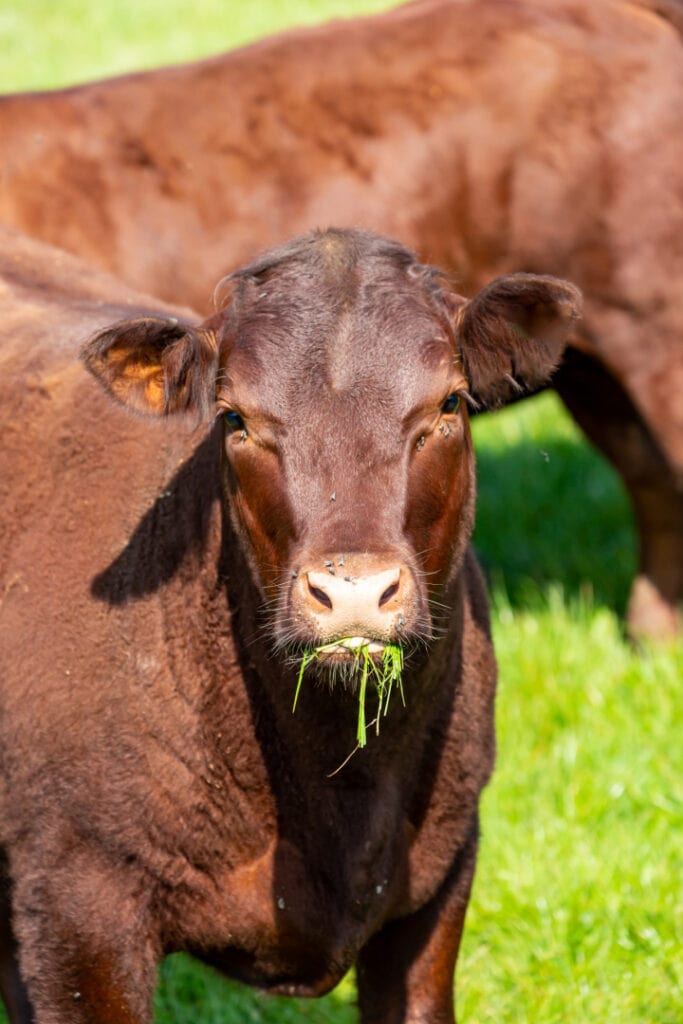
Iron-rich foods
Take a look at some of these plant foods that have plenty of iron.
| Spinach (half cup: 3.2 mg) | Pumpkin and squash seeds (1 ounce: 4.2 g) |
| Beans (half cup: 3.9 mg) | Blackstrap molasses (1 tablespoon: 3.5 mg) |
| Soybeans (half cup: 4.4 mg) | Tomato paste (quarter cup: 2 mg) |
| Seaweed, spirulina (one cup: 32 mg) | Tofu (half cup: 6.6 mg) |
| White beans (one cup: 6.6 mg) | Sesame seeds (one cup: 21 mg) |
| Kidney beans, cooked (one cup: 5.2 mg) | Black beans, cooked (one cup: 3.6 mg) |
| Pink beans, cooked (one cup: 3.9 mg) | Adzuki beans, cooked (one cup: 4.6 mg) |
| Sunflower seeds (one cup: 7.4 mg) | Almonds (one cup: 6.5 mg) |
In comparison, a three-ounce beef bottom round with minimal fat contains about 2.8 mg. This article, Iron-Rich Vegan Foods, has an even longer list of healthy options.
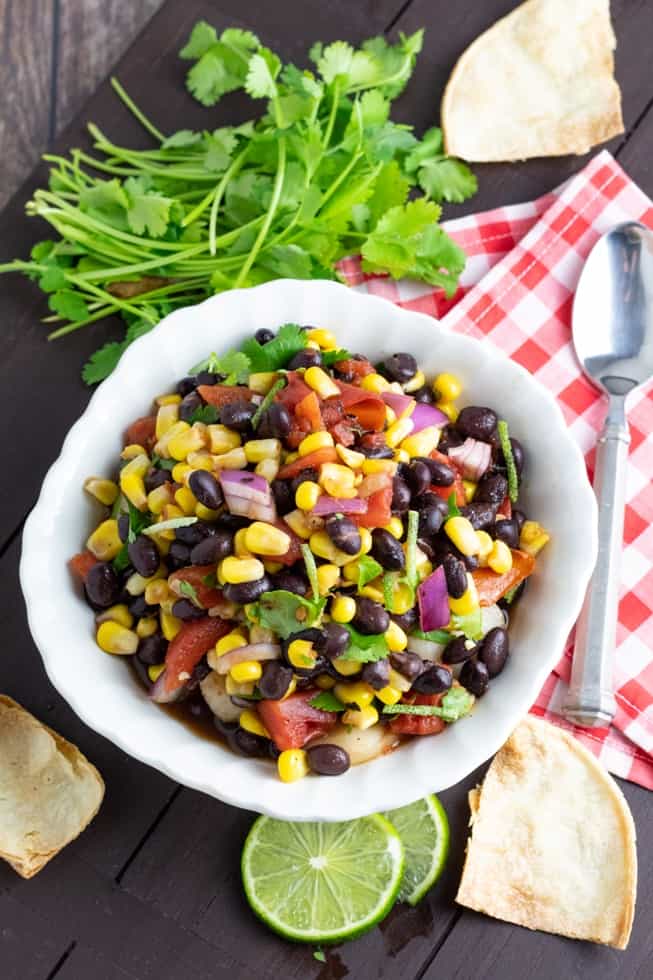
Should you supplement?
If someone needs iron because he or she has lost a significant amount of blood, the iron will need to be in a form that the body can absorb reasonably well. This might happen after trauma or surgery or with a woman who has experienced heavy menstrual bleeding.
Infants and young children may also need a little extra, but that is likely to be prescribed by their physician. Low iron in children can lead to decreased brain function. Except in special cases like these, it is best not to take an iron supplement.
Too much iron
As with some of the other micronutrients we’ve discussed, the problem lies with getting too much iron. A lot of people don’t know that. They’re always worried about getting enough. But too much iron in the body causes excess inflammation. For example, people with high iron levels, especially heme (blood) iron, which comes from red meat, are more likely to be at greater risk for cancer, diabetes, and heart disease.2
For older Americans with too much iron, some evidence suggests that donating blood on a regular basis can get rid of some of the excesses and decrease the risk for diabetes,3 heart attacks,4 or cancer.5 This concern over too much iron is why multivitamins for seniors do not include iron and why it is included in multivitamins for younger groups, especially children and menstruating women.
Some substances in plants like phytate help to regulate how much plant-based iron is absorbed, and this benefits us.6 The heme (blood) iron from muscle and organ meats is absorbed too easily for regular use, so it’s better if we don’t have lots of that anyway.
We don’t have to worry much about iron deficiency as we get older unless we’ve experienced bleeding. For example, bleeding in the colon, some uterine bleeding, or stomach bleeding might be serious; it could come from cancer. In other cases, it might be caused by blood thinners.
Eight times out of ten, bleeding from taking a baby aspirin a day (for heart disease or stroke prevention) has no symptoms whatsoever.
From Eat Plants Feel Whole, Dr. George E. Guthrie, AdventHealthPress, Orlando. To receive a 40% discount on the book, use the code EATPB40.
NOTE: I do not receive any compensation from the sale of Dr. Guthrie’s book and only recommend it because I have read it and thoroughly enjoyed it.
For those of you new to the whole food plant-based lifestyle, we’ve created a FREE 7-Day Plant-Based Menu Planner to help you get started!
About the author

Dr. George E. Guthrie is a board-certified family medicine physician and a member of the academic program at AdventHealth’s Centre for Family Medicine in Winter Park, Florida, where he trains medical residents with a focus on community and lifestyle medicine.
Dr. Guthrie became an advocate for lifestyle medicine early in his career while serving on the island of Guam. The high incidence of type 2 diabetes in the population sparked an interest in the effective treatment of chronic disease through lifestyle change.
Dr. Guthrie has helped lead the development of several lifestyle-change programs, including the Complete Health Improvement Project (CHIP), the Wellspring Diabetes Program, and AdventHealth’s CREATION Life program. He is past president of the American College of Lifestyle Medicine. For more information visit DrGeorgeGuthrie.com or EatPlantsFeelWhole.com.
More articles from Dr. Guthrie
Citations
- Academy of Nutrition and Dietetics.
- Diana J. Fleming, Katherine L. Tucker et al., “Dietary Factors Associated with the Risk of High Iron Stores in the Elderly Framingham Heart Study Cohort,” American Journal of Clinical Nutrition 76 (2002):1375–84.
- J. M. Fernández-Real, A. López-Bermejo, and W. Ricart, “Iron Stores, Blood Donation, and Insulin Sensitivity and Secretion,” Clinical Chemistry 51, no. 7 (July 2005): 1201–05.
- J. T. Salonen, T. P. Tuomainen et al., “Donation of Blood Is Associated with Reduced Risk of Myocardial Infarction: The Kuopio Ischaemic Heart Disease Risk Factor Study,” American Journal of Epidemiology 148, no. 5 (Sept. 1, 1998): 445–51.
- S. Toyokuni, “Role of Iron in Carcinogenesis: Cancer as a Ferrotoxic Disease,” Cancer Science 100, no. 1 (Jan.): 9–16, https://doi: 10.1111/j.1349-7006.2008.01001.x.
- L. Hallberg, M. Brune, and L. Rossander, “Iron Absorption in Man: Ascorbic Acid and Dose-Dependent Inhibition by Phytate,” American Journal of Clinical Nutrition 49 (1989): 140–44.

